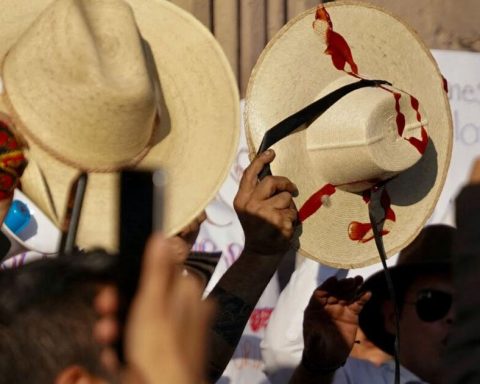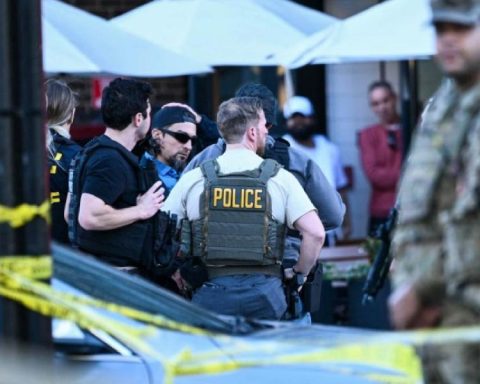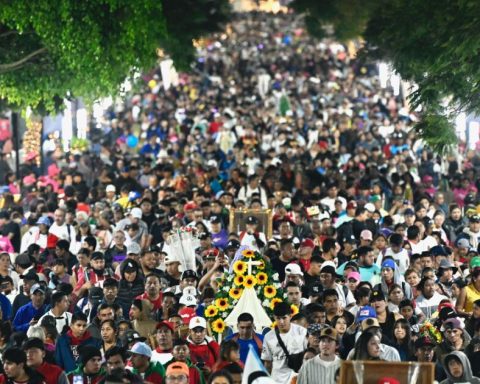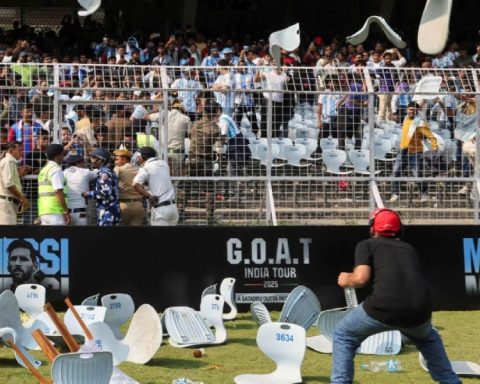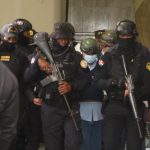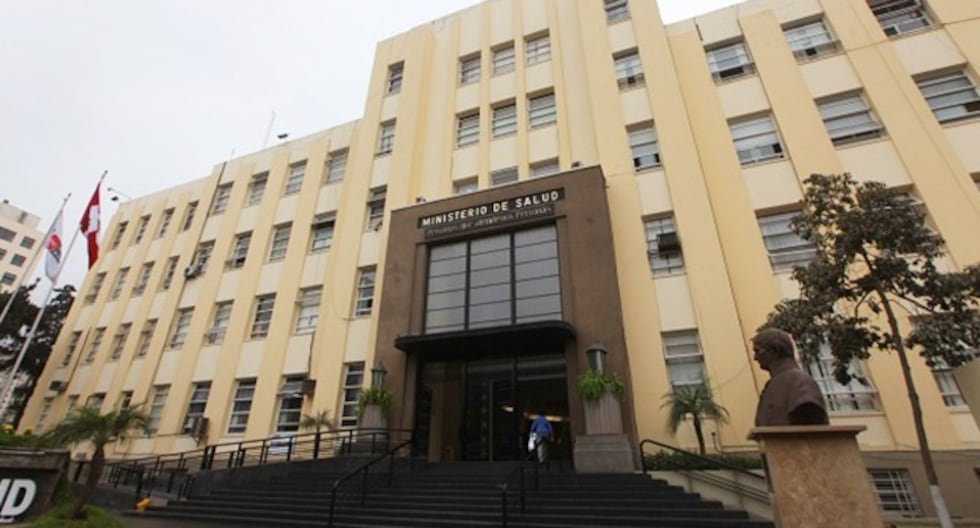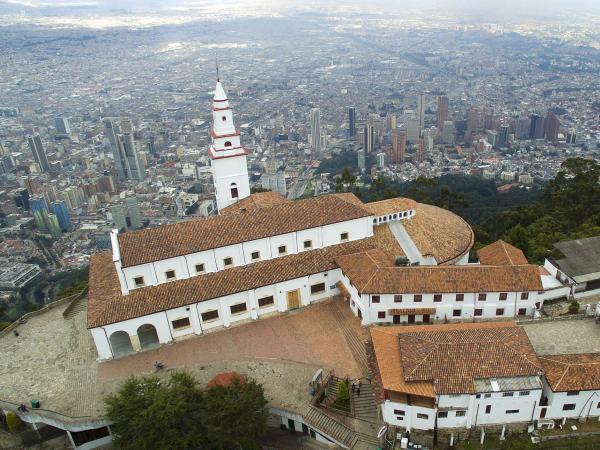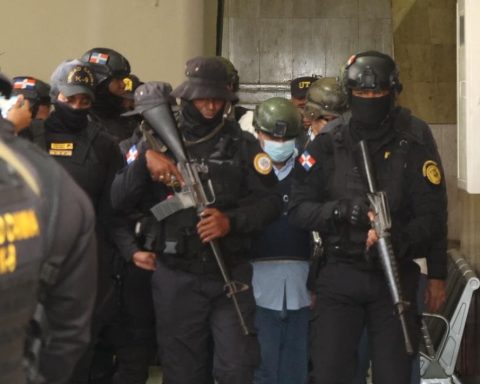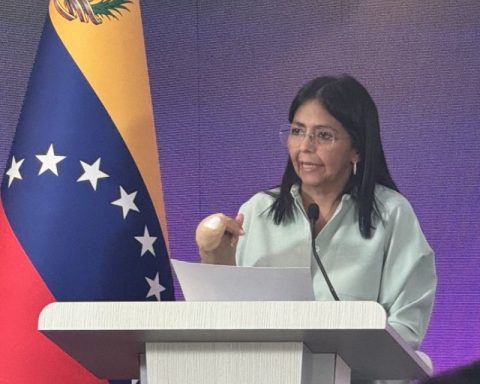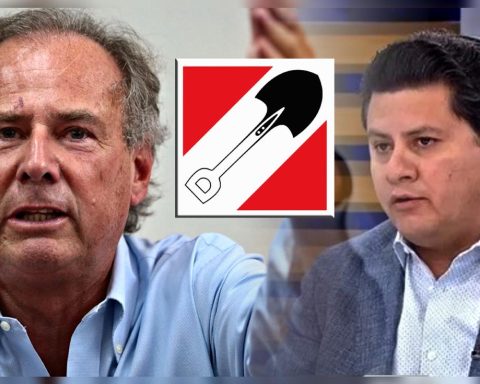AND
Master Jesus Martín del Campo is a formidable oral narrator. The longest and most arduous journey with him becomes a brief tour, thanks to his ability to weave together, with ease and a sense of humor, autobiographical anecdotes, chronicles of popular movements, profiles of left-wing figures from the 60s and 70s, stories by writers and historical notes. His talks are, at the same time, entertainment and political teachings.
When, at the end of the 1970s, part of the old conspiratorial work carried out by hundreds of militants was transformed into large mass movements, and the leaders who organised in semi-clandestine conditions came out into public life and met at open meetings, they greeted each other with names that concealed their true identity. That is why many of his former comrades call Paco a Jesús, the battle name he used in the days of the catacombs, when, for security reasons, people had to be baptised with pseudonyms.
It was under the name of Paco that Jesús attended the 1977 meeting of the Ho Chi Minh section (also known as the Organization), in an old house owned by Rubén Jaramillo, near the rural area of Cuautla. At the assembly, protected by Rubén’s old companions who stood guard, the delegates slept on the floor in sacks and ate onion tacos and pot coffee for three days, and agreed to modify the political line of the O, to put mass work at the center and to establish alliances with groups outside the armed detachments. Jesús wore a brown Chiconcuac jacket and the traditional long hair that led some of his companions to call him El Hippie. He had already been in jail.
The teacher Martín del Campo was born in Mexico City in 1948. His father was a carpenter and his mother a nurse, both great fighters. He grew up in the Agrícola Oriental neighborhood and worked as a cabinetmaker as a young man. He graduated as a primary school teacher at the Escuela Normal de México, studied at Preparatoria 9 and at Normal Superior, and earned a master’s degree in history at the Escuela Nacional de Antropología e Historia, where he also taught.
After graduating from the normal school, he went to teach at the Pedro Moreno school in the Tepalcates neighborhood in the eastern part of the Federal District. In 1966, he attended the public event where the Spartacus Communist League (LCE) was announced, in the Justo Sierra auditorium of the UNAM, which ended in blows when a group from the Communist Party broke into the event.
In 1967, Antonio Martinez, comrade Tomas (https://shorturl.at/E7XnC), recruited him for the LCE. There he participated in the teachers’ section. The 1968 movement caught him while he was studying at Preparatory School 9. He simultaneously participated in the Coordinating Committees of the teachers’ union and in the student brigades.
He remembers October 2: “I was on the esplanade when the shooting started and the soldiers came in. There was confusion; some managed to escape, like my brother Edmundo, who was killed on June 10, 1971. Others of us tried to protect ourselves in the church, but they wouldn’t open the door for us. Those were terrible minutes. We were overcome with fear. We sat down and when we tried to get up a soldier shouted at us: ‘Get down, bastards, get down! ’ When they took us to jail, they said we had fired because we had blood on our hands.” He was imprisoned in Lecumberri for almost three weeks. Years later, he found photos of himself from that time in box 229 of the National Archives.
When the Díaz Ordaz government closed several rural teachers’ colleges, he traveled around the country with a brigade from the LCE to encourage resistance. At the same time, he organized workers’ cells and union struggle groups in companies such as Link Belt and Russel Laboratories, in Ecatepec and Tultitlán, with the legal advice of Jesús Campos Linas. As if that were not enough, he participated in peasant struggles in Puebla, Hidalgo and Guerrero.
Joel Aquino, known as Benito in the league (https://shorturl.at/sHKqk )He took him to Yalalag. “Look,” he said, “the high school needs a history teacher. Would you agree to volunteer as a teacher?” We went. And he accepted. At that time it was a 12-hour bus ride from Oaxaca to Yalalag. I introduced him to my classmates. He was a history teacher at the high school and also one of the teachers. They loved the way he worked.
His presence in the community alarmed the security services. According to Joel, On the day of the Revolution, when he was going to lunch, he looked up and there was someone in front of him, pointing a gun at him. Behind him they were also pointing a gun at him. They told him: you are under arrest, let’s go. They were police officers disguised as electricians.
They tortured him. They took him to prison in Oaxaca.
On June 10, he experienced one of the greatest pains of his life. His brother Edmundo, 20 years old, an extraordinary militant, was killed by a bullet to the chest fired from a rooftop by the falcons, on the corner of Tláloc and San Cosme. No help could arrive, impossible under the shrapnel. The same thing that happened to him happened to dozens of other young people, perhaps a hundred.
he recalls.
Comrade Paco participated in the founding of the National Coordinator of Education Workers (CNTE) and the National Coordinator Plan de Ayala (CNPA). He was part of the Organization of the Revolutionary Left-Mass Line (OIR-LM). From 1989 onwards he entered institutional politics (first in the PRD and then in Morena), always defending the causes in which he believes.
The life of Jesús Martín del Campo is enough to write a book. If there is one thing that characterizes him, it is his infinite persistence and his enthusiasm in the struggle. To celebrate him, his family, colleagues and friends have organized a well-deserved tribute to him on September 6 in the auditorium of the Human Rights Commission of Mexico City.
X: @lhan55
